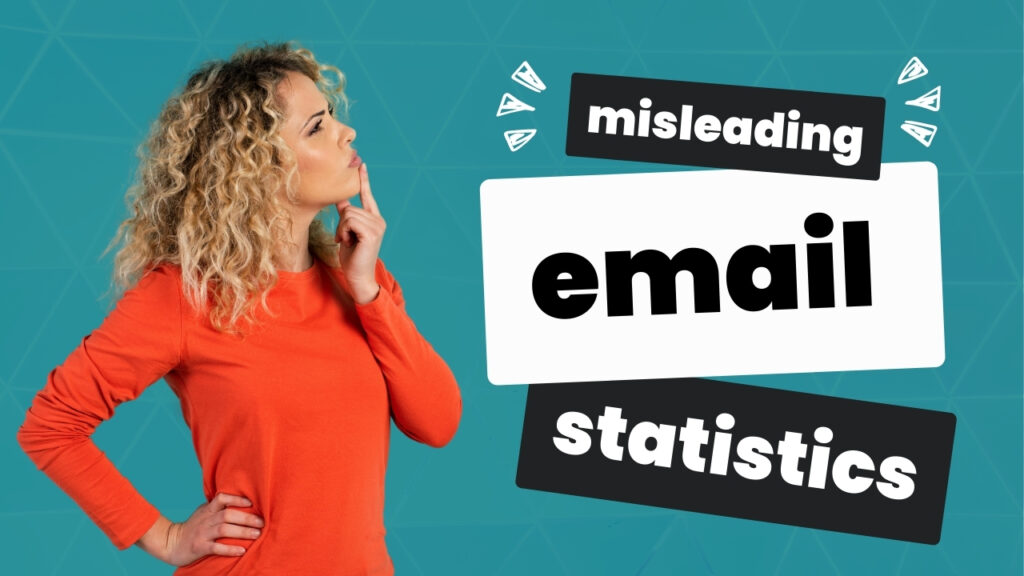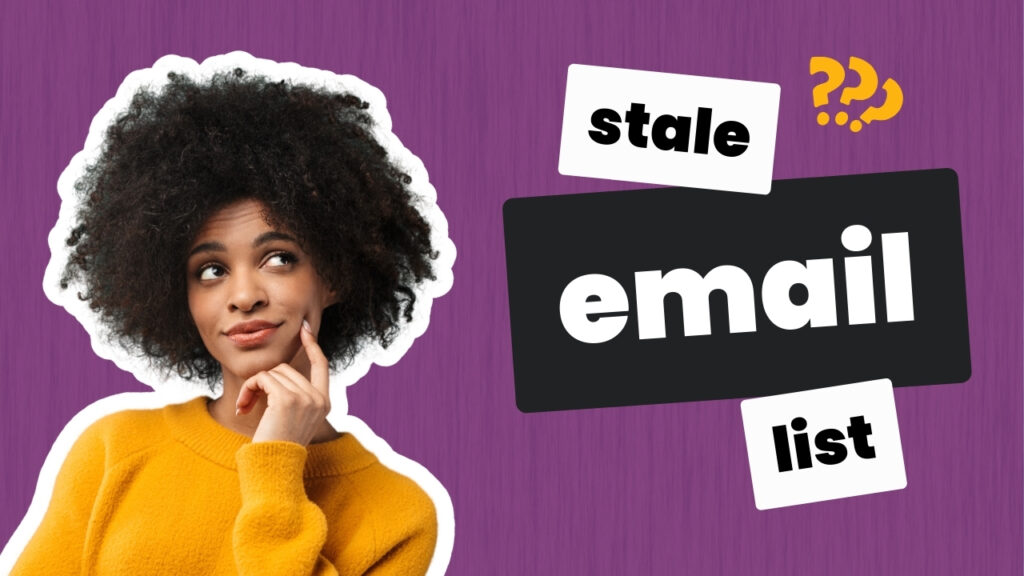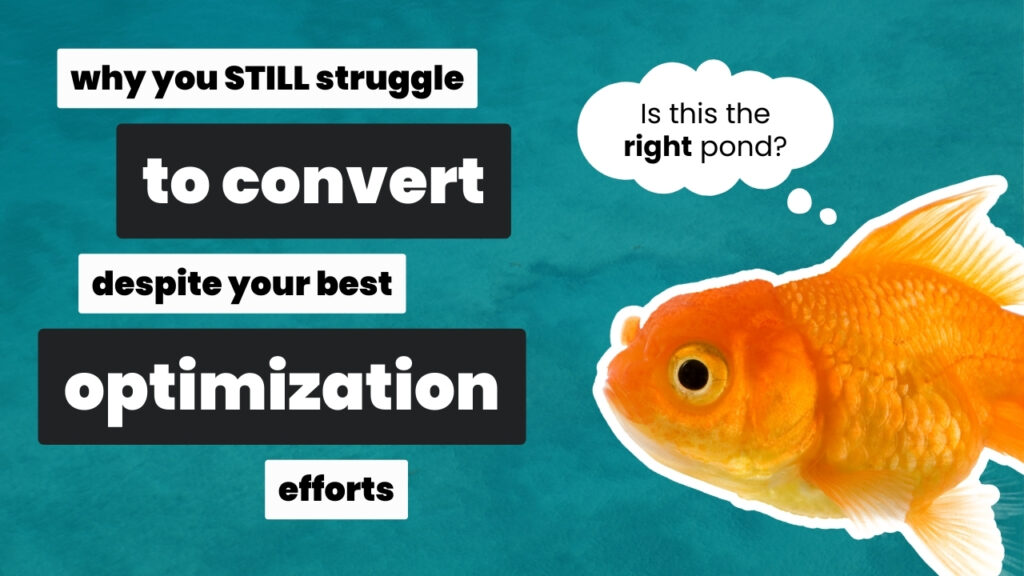As a business owner or in-house marketer, it’s easy to lose sight of the “so what?” behind the products and services you’re selling.
Isn’t it obvious why they need this? ← Nope. It isn’t.
It’s no surprise that a big challenge for companies of all sizes is how to get people to stop and pay attention. Because…
If you don’t get attention, you get ignored (and that definitely won’t pay the bills).
If you want to create marketing materials that get a response, an important question to add to your process is this:
“So… Why should I care?”
It’s simple but effective.
- Why should your potential customer care about what you’re telling them?
- Why is it relevant to their life?
- What does it help them solve, achieve, or become?
Making your marketing more relevant to what people care about could transform the response you get from everything you create.
This little post was inspired by a piece of direct mail I received a few days ago promoting some sort of “security solution”. (← We’ll get to why these are terrible words to use in a sec.)
I absentmindedly open the tri-fold mailer. I’m definitely not in a buying state of mind. It’s the end of the workday, and my brain juice is teetering on empty.
And the very first thing I read is this:
Get the right security solutions
Including a free surveillance camera

The only purpose of a headline is to grab attention so that people read onto the next line in your landing page, ad, email, or blog post — whatever medium you’re using.
Because a copywriter brain almost never turns off, I quickly noticed a few things wrong with the headline that was supposed to grab my attention:
Mistake #1: They use words I, as a potential customer, wouldn’t use in real life.
What does “security solutions” actually mean? Did I wake up this morning and think “Man, I hope I find a security solution today?” Probably not.
An easy way to get more eyes to glaze over (i.e. get ignored) is to use words potential customers won’t connect with.
Instead…
To get a better response, inject words into your marketing that your people use in everyday conversations. In conversion copywriting, we call this using the voice of the customer.
Yes, those everyday words may change for different customer groups. As the owner of a non-security-related company, I don’t use “security solution” in everyday convos. But the head of security at a big hotel chain might.
That’s why it’s essential to collect voice-of-customer research on each of your customer groups.
Mistake #2. It’s not instantly obvious why I should care about the letter in my hand.
This is the first contact I’ve had with this company. I didn’t sign up to hear about security solutions or security anything for that matter. I’m a cold lead.
Let’s get nerdy and look at this headline from a stage of awareness perspective:
- Unaware – I don’t know that I have a problem.
- Problem- or Pain-aware – I know I have a problem but not how to solve it.
- Solution-aware – I know there are solutions to my problem, but I don’t know your company is one of them.
- Product-aware – I know your company is a potential solution, but I’m not completely convinced you’re the one I should choose.
- Most aware: I know a lot about your product, and I want it.
(These states were originally introduced by Eugene Schwartz in Breakthrough Advertising.)
Most companies mistakenly put out marketing and sales materials aligned with product-awareness. The problem is…
More often than not, the people they’re trying to reach are in a lower state of awareness — unaware, pain-aware, or solution-aware.
There’s a mismatch in the message you’re leading with and the target customer’s state of mind.
That’s exactly what’s happening with this mailer.
The headline is written for someone who’s more solution-aware (i.e. I know there are solutions to my problem available) or product-aware (i.e. I know your company is one of those solutions)
As the receiver, I’m either unaware (i.e. I’m not aware of a problem) or pain-aware (i.e. I have a problem but I don’t know how to solve it yet). So, the message doesn’t connect with my current state of mind.
“Get the right security solutions” doesn’t speak to something I care about.
The more intriguing message was buried further down inside the letter:
Get a free indoor surveillance camera to help you keep an eye on your business. With a security system and monitoring from Guardian Protection Services, you can manage your security needs from your internet-connected device and even see a live video of your premises with a FREE surveillance camera… (← This is an excerpt from the actual mailer.)
Do you see it — the benefit someone in my stage of awareness might connect with?
Here it is: “… keep an eye on your business.”
If I wanted to make this more relevant, I could write a headline that leads with the pain:
Keep an eye on your business while you’re away with live security video you can watch from your smartphone
You could reasonably assume I’d care about protecting my business assets, especially when I’m not on the premises. This headline is way more relevant to me as a business owner.
(Though, in conversion copywriting we’d prefer to have data to support this hypothesis.)
In a short space, we’ve made a bridge between the state of mind I’m in (pain-aware) and where they want me to be (product-aware).
- Pain-aware: Theft is a risk. I worry about my business when I’m not on the premises.
- Solution-aware: I can worry less with live security video I can watch on my smartphone.
- Product-aware: Guardian Protection Service provides this service and gives me a free surveillance camera. (This is discussed in the letter.)
When you tap into a potential buyer’s state of mind, you can write words that are instantly more relevant
… increasing the chances that someone stops and pays attention.
Luckily, gauging a person’s state of awareness is a lot easier to do online than with direct mail (thanks to data and analytics). For example…
- If you’re optimizing a landing page that’s getting a lot of Google search traffic, you can get an idea of the stage of awareness from the keywords sending people to your site.
- If you’re optimizing a landing page tied to a paid traffic campaign, you can get an idea of the stage of awareness from the ad that’s sending you the most visitors.
The success of any piece of marketing also depends on the system it’s embedded in.
That includes considering the state of mind of potential buyers.


